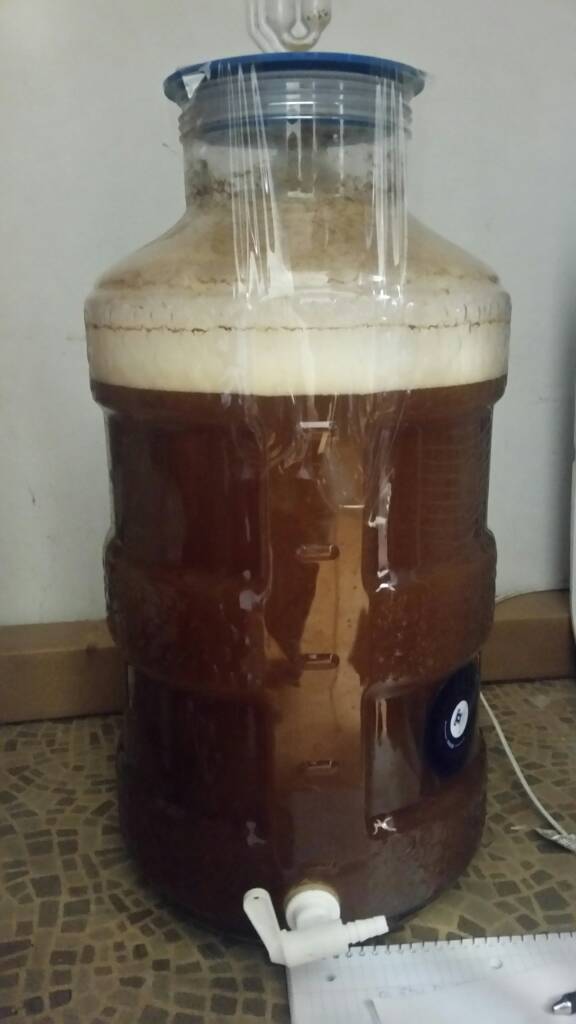AndrewPostula
Member
- Joined
- Jan 4, 2018
- Messages
- 5
- Reaction score
- 3
Have a quick question about Kruasen. Do I need to wait for it to settle before racking to secondary or do I just draw from right below it?

Just bought an extract kit to do my first brew, was an Irish red from northern brewer that I put in a plastic bucket for "primary" fermentation. Instructions from the kit and videos online say to rack to "secondary" (glass carboy) after 2 weeks, which is tomorrow but I have an inch thick layer of krausen on top. Wanted to rack and brew an extract dunkelwiess Sunday but didn't know if I should wait
Just bought an extract kit to do my first brew, was an Irish red from northern brewer that I put in a plastic bucket for "primary" fermentation. Instructions from the kit and videos online say to rack to "secondary" (glass carboy) after 2 weeks, which is tomorrow but I have an inch thick layer of krausen on top. Wanted to rack and brew an extract dunkelwiess Sunday but didn't know if I should wait

If you do a secondary it doesn't mean you're doing something wrong.
Thanks for all the replies. I ended up just brewing my dunkelwiess and through it in another fermentor. Unfortunately on brew day I broke my hydrometer :-(.. so no gravity reading from my red. Ordered a new one, excited to see where it's at. My wheat beer has taken off with a great start to fermentation!!View attachment 569216
I’ve only been all-grain brewing beer since the new year, but have noticed a significant improvement in both taste and clarity of final product when I rack after primary fermentation is complete. I make cider, too, and in my cider book the author writes you rack after primary fermentation to reduce biomass of the “must” primarily for clarity in the final product.
Thanks for all the replies. I ended up just brewing my dunkelwiess and through it in another fermentor. Unfortunately on brew day I broke my hydrometer :-(.. so no gravity reading from my red. Ordered a new one, excited to see where it's at. My wheat beer has taken off with a great start to fermentation!!View attachment 569216
Enter your email address to join: